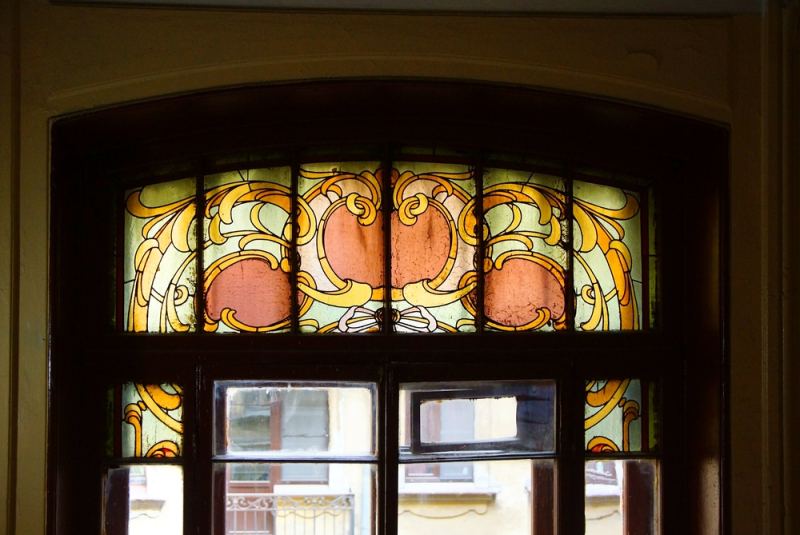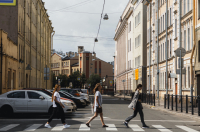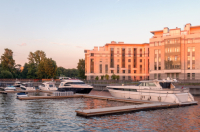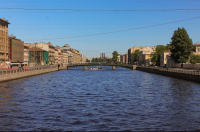Stained glass
These fragile treasures of the city came to us from the pre-revolutionary era, namely from the turn of the 19th and 20th centuries. Stained-glass windows were indispensable decorations of Russian Modern architecture. Their beauty went hand in hand with utility: they added color to the interior or hid any unflattering views outside.
As time went on, over half of the stained-glass windows in the city were destroyed, stolen, or painted over, but, nevertheless, numerous revenue houses managed to keep their colorful heritage. Each one preserved has been put on a map by the Russian Stained Glass project.
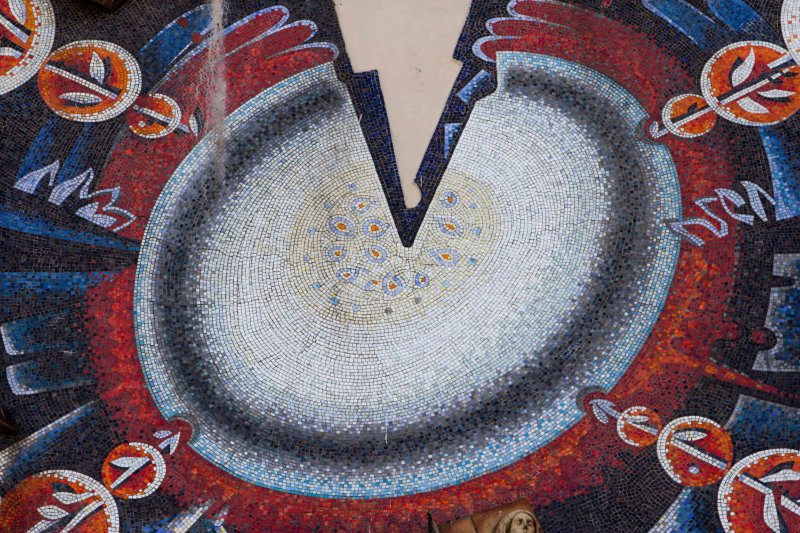
Mosaic at the Institute of Cytology. Credit: Soviet Artefacts (@sovietartefacts) via Unsplash
Mosaic
St. Petersburg is also renowned for the exquisite mosaics that adorn its many historic buildings. These intricate works of art are composed of small, colored pieces of glass, stone, or ceramic that are painstakingly arranged into images.
The most popular examples can be seen in cathedrals, like the Church of the Savior on Spilled Blood. The Soviet time gave life to no less interesting works of this art form, often overlooked. Once meant to inspire and educate the masses about the virtues of the Soviet state, they have now lost their ideological significance but serve as a reminder about dreams of that bygone era.
To take a closer look at some of the most interesting Soviet mosaics, located at metro stations and buildings of all kinds, take advantage of this map.
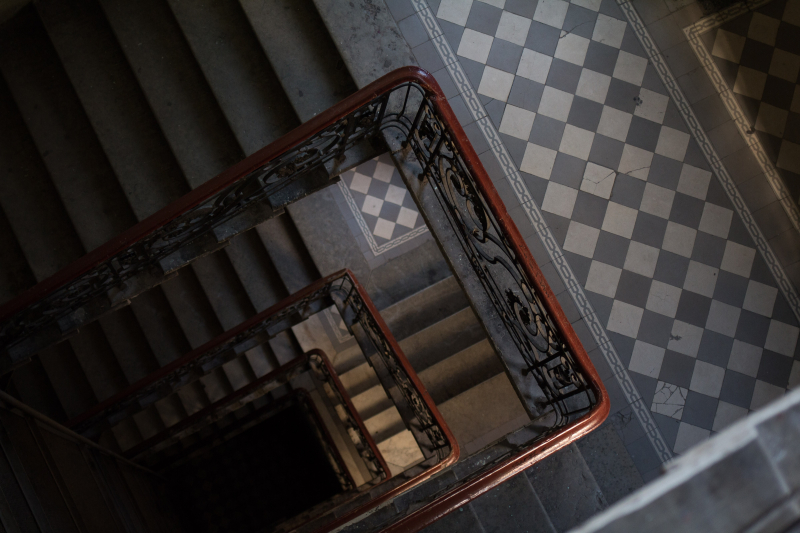
Credit: Yura Lytkin (@yuralytkin) via Unsplash
Entrance halls
A lot of historic buildings in St. Petersburg used to have two entrances: a back entrance for servants and household needs and a main one that led right into the street, nowadays widely known as paradnaya (парадная). These entrance halls became a calling card of the city for a reason. In the 19th and early 20th centuries, their design was thoroughly considered: decorations were abundant and every detail, from doors to handrails, had to be special.
Nowadays, some of them will welcome you with their doors open, and to visit others, you’ll have to wait for residents to leave or enter the house (which is legal, but it's still a good idea to ask permission to avoid conflict with babushkas) . For inspiration, check out this Telegram channel – they equip you with all the addresses needed and post stunning pictures from these locations.
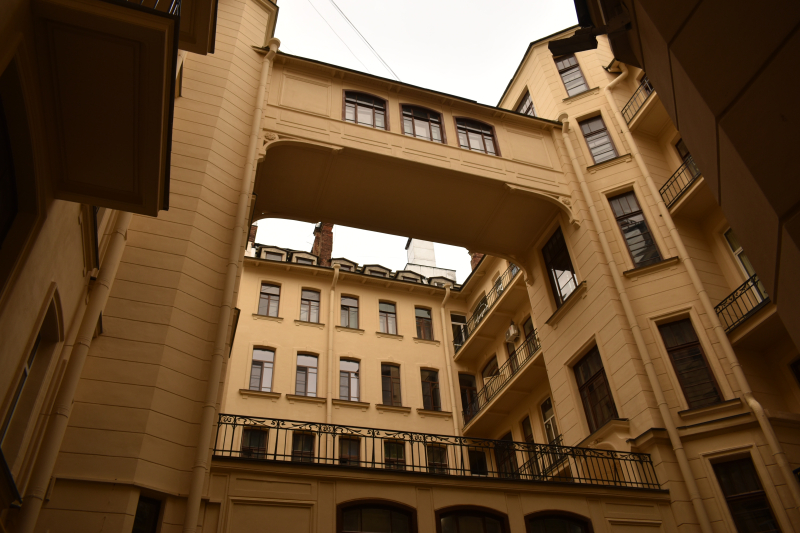
Credit: Maria Rodideal (mary_rodideal) via Unsplash
Communicating courtyards
What’s behind the facade of a St. Petersburg house? It’s like a Kinder Egg – you’ll never know until you open it, or, in our case, sneak from a crowded street into an archway. Oftentimes, there’s a whole labyrinth of courtyards. Once you get there, you’ll find yourself in an adventure game, discovering all sorts of new locations: a shortcut, a cozy garden, a piece of street art, or everything at once.
Although some of them are already locked from strangers, local explorers left us enough clues on how to find the open ones. For example, here's a detailed map of communicating courtyards of the Petrogradsky District, and here’s one covering the Tsentralny District. The architect Ekaterina Novikova went even further and drew several maps that allow you to walk across Vasilievsky Island and other parts of the city center while avoiding noisy main streets.
To discover more local different sides of the city, follow our Unexplored St. Petersburg and Architectural Gem tags for inspiration.
